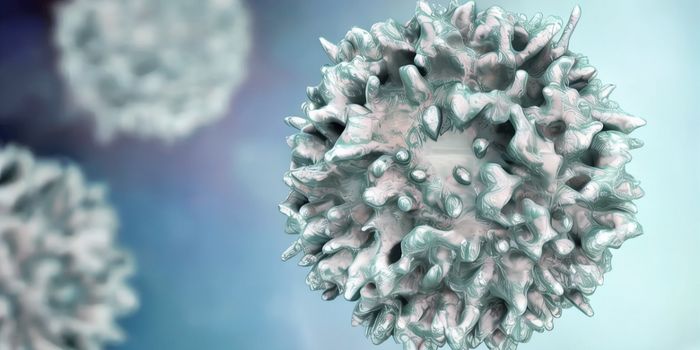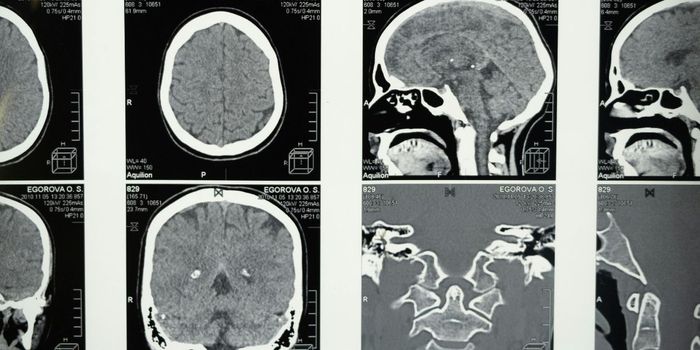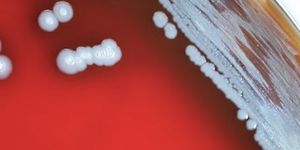Chemotherapeutic Drugs Battle Antimalarial Drug Resistance

According to the latest research published in the journal Nature Communications, researchers discovered that chemotherapeutic drugs can increase the effectiveness of the most powerful antimalarial drug: artemisinin.
In the battle against drug resistance and treating malaria, artemisinin was discovered to work through a "double whammy" attack on the deadly parasite responsible for malaria—thanks to researchers from the University of Melbourne and the Japanese pharmaceutical company Takeda.
Artemisinin works by damaging the proteins present in malaria parasites eventually clogging the parasite's waste disposal system: the proteasome. Resistance to artemisinin has developed in South-East Asia and it may reach Africa soon. Understanding the workings of artemisinin is crucial in fighting malaria, which claims the life of about 450,000 people annually.
Watch this short video about the anti-malarial drug, Artemisinin:
"The double whammy effect means that combining artemisinin with an anti-cancer drug that also targets the proteasome, complements the activity of artemisinin, and can restore activity against artemisinin-resistant parasites,” explains Professor Leann Tilley of the University of Melbourne. "The parasite's proteasome is like a shredder that chews up damaged or used-up proteins. Treating malaria parasites with artemisinin generates a lot of damaged proteins. Artemisinin and proteasome inhibitors thus can work together to jam the recycling system."
The clogging of the proteasome leads to protein accumulation marked as the “kiss of death” as these proteins eventually stress the parasite and causing cell death. Thus, the collaboration between University of Melbourne researchers and Takeda was to identify parasite-specific proteasome inhibitors in order to develop drugs needed to advance to clinical studies.” At Takeda, we are proud to contribute our expertise to help address critical global health problems. In this case, we were able to leverage our oncology research on the proteasome system and uncover a potential new way to treat malaria," explains Larry Dick, Director at Takeda.

"We are currently undertaking medicinal chemistry work to create novel analogs of human proteasome inhibitors that specifically inhibit the parasite proteasome,” Professor Tilley said. "We want a compound that can be administered orally and will last a long time in the bloodstream. If a suitable compound can be found, human trials could happen very soon."








